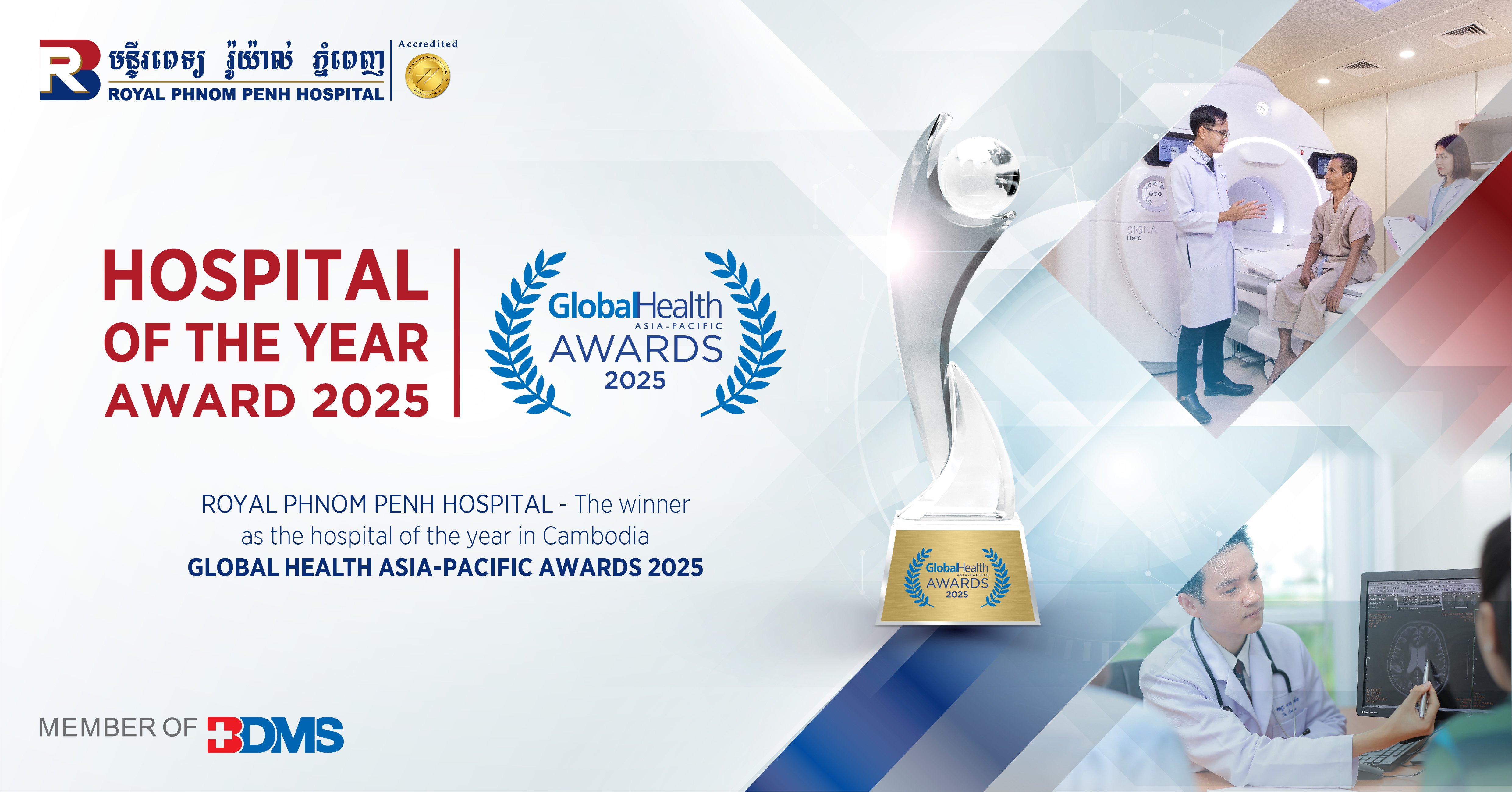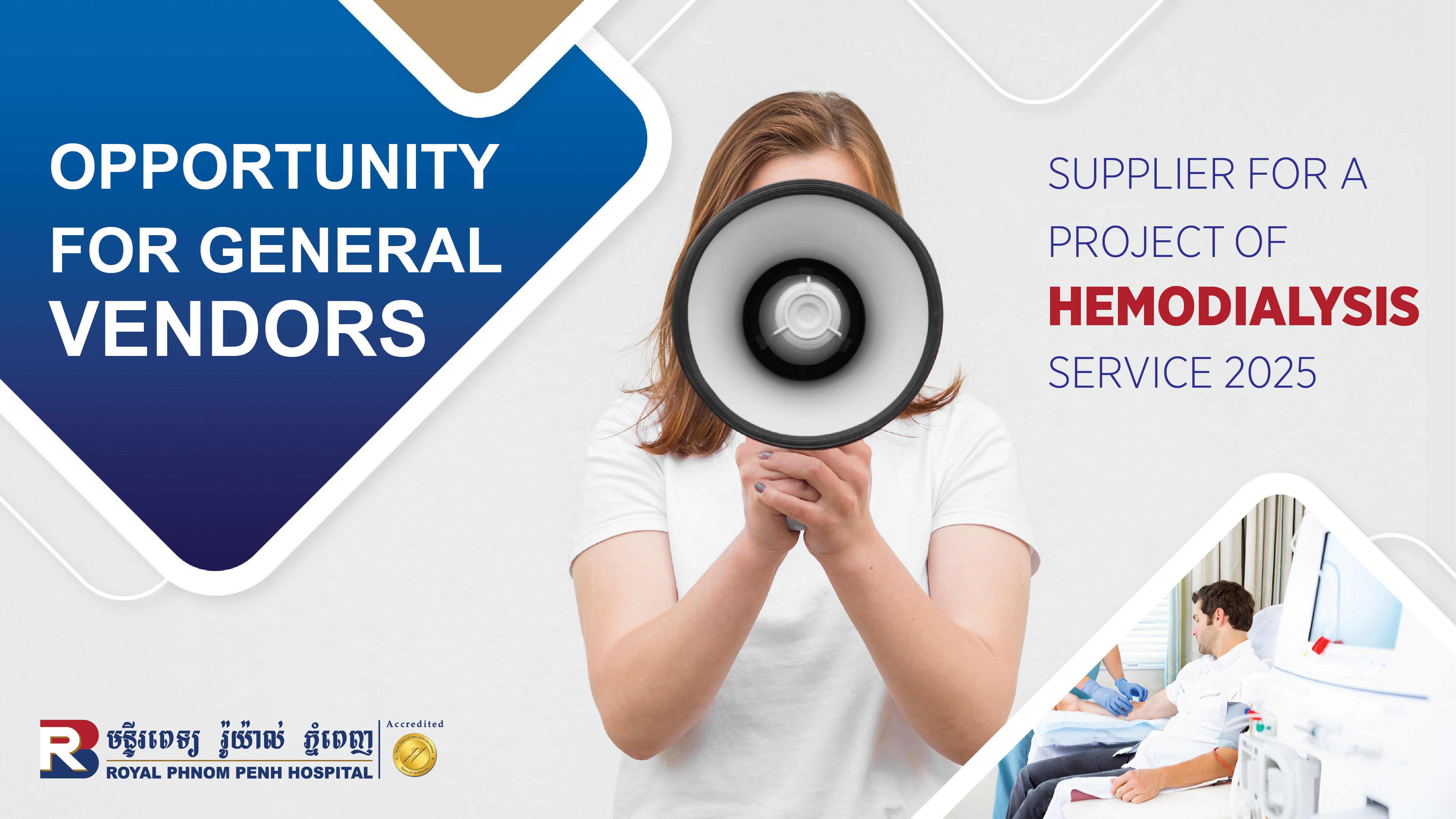Augmentation Rhinoplasty: Raise Up Your Charm With Confidence And Stay Pretty
Augmentation rhinoplasty or commonly known as “nose jobs” is performed to increase the projection of the nasal dorsum (nasal bridge) on the profile view. It is considered one of the most common plastic surgery procedures aimed at improving cosmetic appearance. This procedure is considerably safe, less time consumption with faster recovery and immediate cosmetic effect. To obtain immensely satisfying results which might widely vary among individuals, this procedure needs to be conducted by highly experienced and well-trained plastic surgeon. To select the type of rhinoplasty and preferred material, patient’s conditions e.g. facial features, shape and size of the nose are taken principally into consideration. Prior to making a decision, it is crucial to discuss appropriate surgical technique and its possible risks with your plastic surgeon to ensure the highest level of safety and satisfaction.
Types Of Rhinoplasty
There are different types of rhinoplasty, including:
-
Augmentation rhinoplasty using silicone implants: During augmentation rhinoplasty, silicone implants imported by USA and South Korea can be surgically placed inside the nose to build up the desired shape of the nose. The two primary types include:
-
Closed rhinoplasty: This is the most popular type of nose job because all the incisions are left hidden inside the nose without external scar.
-
Open rhinoplasty: As an external rhinoplasty, this procedure is performed by making a small incision on the columella, the soft tissue that separates the nostrils. This surgical technique allows for easy access to the bone and cartilage structure. The primary benefit is improved accuracy for nose reshaping to achieve desired contouring. This technique is often used when considering a revision rhinoplasty since the original structure of the nose has already been altered.
Augmentation rhinoplasty using silicone implants:
After selected silicone implant is well designed for patient’s facial shape, appointment for surgery will be made. On the surgery day, medications are administered for patient’s comfort during the procedure. These include local anesthesia (via injection around the nose) and sedations e.g. sleeping pills. After sedation, rhinoplasty is performed either using a closed procedure, where incisions are hidden inside the nose or an open procedure, where an incision is made across the columella, the narrow strip of tissue that separates the nostrils. Through these small incisions, the skin that covers the nasal bones and cartilages is gently lifted, allowing an access to reshape the structure of the nose by placing medical grade silicone implant. Once the structure of the nose is sculpted to the desired shape, nasal skin and incisions are closed. This procedure takes approximately an hour. After surgery, patients are able to return home. Follow-up appointment will be frequently made until complete healing.
- Augmentation rhinoplasty using ear cartilage (cartilage bridge augmentation):
Apart from using silicone implants, patient’s cartilages can be also used to correct the nasal tip and extend the nasal length with less visible scars. The commonly used cartilages include ear cartilage, septal cartilage and rib cartilage. This technique is frequently used to enhance nasal tip looks, resulting in more natural appearance. Moreover, cartilage edges can blend seamlessly with a patient’s own tissue. Compared to silicone implant, rhinoplasty using cartilage minimizes the risk of silicone coming out from the nasal tip. This procedure is preferably recommended in patients who do not want to have silicone implants or who have had problems from previous rhinoplasty and silicones implants are inapplicable. This operation technique consumes at least 3 hours. Patients might need to be generally anesthetized if they are afraid of the surgery. One night hospital stay is required after surgery.
Limitation
- Augmentation rhinoplasty is recommended in people aged over 16.
Instructions Prior To Surgery
-
Please keep the surgeon informed about your medical conditions and underlying diseases, including:
-
Medical problems
-
Serious illness or underlying conditions
-
Medical history e.g. surgery and anesthesia administration
-
Dental problems e.g. denture and wobbly tooth
-
Drug allergy or food allergy
-
-
For patients with high risks or underlying diseases, additional investigations prior to being anesthetized and surgery include:
-
X-ray
-
Blood test
-
Electrocardiography (EKG)
-
Medical consultation with internal medicine doctor
-
-
Certain medications, supplements or herbal drugs that affect surgery must be discontinued at least 7 days before surgery begins. Please bring all medications and supplements to the hospital on the surgery day. These include:
-
Painkillers and anti-inflammatory drugs
-
Aspirin
-
Vitamin D and vitamin C
-
Cod liver oil
-
-
Stop smoking at least 6 weeks before surgery to prevent infarction or tissue death due to inadequate blood supply to the surgical site. If you are heavy smoker, please inform your surgeon before surgery. After surgery, smoke cessation is also highly recommended at least 2 weeks.
-
Stop drinking alcoholic beverages at least 24 hours before surgery. After surgery, it is also advised to refrain from drinking at least 1 week.
-
Take a shower and wash your hair prior to surgery.
-
All cosmetic products are not allowed.
-
Food and fluid restriction must be followed as directed by your surgeon. This aims to prevent aspiration that might happen during anesthesia administration.

Post Surgery Care After Rhinoplasty
-
To minimize swelling, it is advised to keep your head and nose above the chest while sleeping on your back, at least for awhile after surgery. Sleeping with your head elevated using 2-3 pillows can be also applied.
-
Immediately after nose surgery up to 3 days, bruising and swelling around the nose will be clearly noticeable. A 3-day continuous cold compress using ice pack filled with refrigerant gel or cool water helps to reduce nose swelling after surgery. A warm compress using hot or warm water is strictly prohibited.
-
Swelling degree will be subsequently reduced on the 4th day onwards.
-
To enhance healing process and prevent infection, the nose must be dry and kept away from water at least 5 days after surgery. Regular face cleansing can be resumed after the suture is removed.
-
Cotton swabs with normal saline solution (NSS) or clean water must be used to gently clean the wound around the nose.
-
Antibiotic ointments (e.g. terramycin) must be used as directed.
-
In case that splint/cast is placed, it should be kept away from water at least 4-5 days.
-
Soft foods must be consumed while eating hard or chewy foods must be avoided.
-
If any abnormal sign develops e.g. heavy bleeding or excessive swelling, immediate medical attention must be sought.
-
Anti-scar creams should not be applied to the surgical wound.
-
All medications must be taken as prescribed.
-
All follow-up appointments should be completed as scheduled.
-
Physical injuries and trauma can make the silicone implant or cartilage more susceptible to damage, breakage or shifting. At least 1 month after surgery, it is highly recommended to avoid any situation where a potential for nasal trauma exists e.g. playing with kids or pets.
Relevant risks and possible complications
-
Wound infection
-
Bleeding at the surgical site
-
Pain and swelling
-
An asymmetric nasal bridge, shifting to one particular side
-
A narrow-appearing nasal bridge or a narrow tip and excessively high nasal bridge
-
Nasal bridge with undesired shape
To fulfill patient’s needs and satisfaction that widely vary among individuals, the outcomes are subjected to the expertise of plastic surgeons and desired shape of the nose as well as each patient’s conditions including general health status and underlying diseases. Although augmentation rhinoplasty is one of the most common plastic surgeries, this procedure must be conducted by highly experienced plastic surgeon with fully-equipped facilities.






